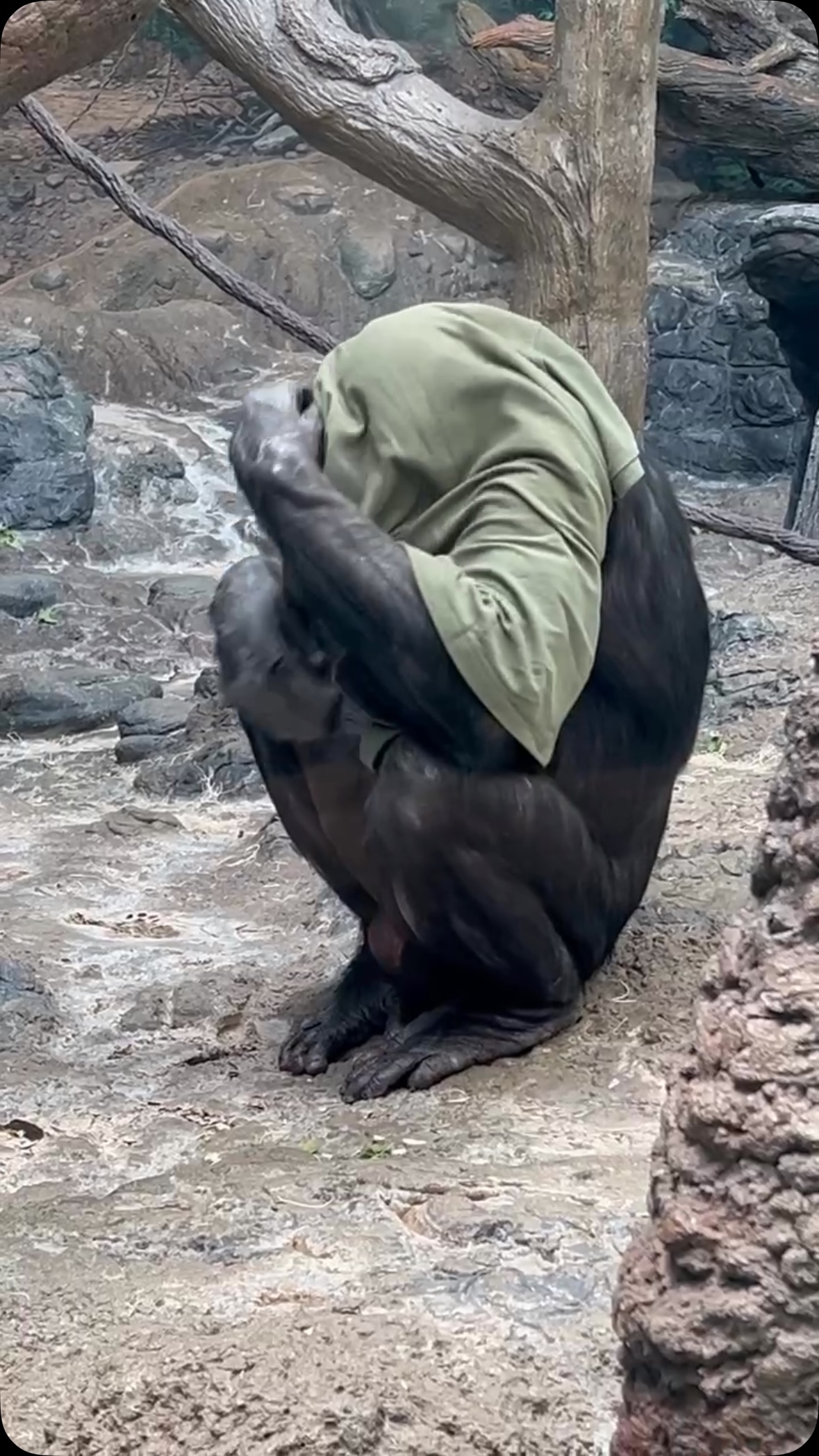- Bonobos’ genetic closeness to humans and their unique behaviors.
- Conservation efforts by Cincinnati Zoo and Friends of Bonobos.
- Challenges faced by bonobos due to illegal hunting and bushmeat trade.
- Community engagement to promote rainforest conservation.
- The importance of preserving biodiversity through conservation partnerships.
Bonobos, sometimes termed “our peaceful cousins,” share an astonishing 98.7% of their DNA with us, providing valuable insights into human evolution, behavior, and social structures. Known for their matriarchal societies and strong social bonds, bonobos display behaviors reminiscent of humans, including empathy and conflict resolution through social interactions. This close genetic relationship not only intrigues scientists but also underscores the significance of their conservation, as their existence provides a mirror to our own evolutionary path.
The Cincinnati Zoo, recognized globally for its dedicated wildlife conservation initiatives, collaborates with Friends of Bonobos, an organization deeply involved in rescuing and rehabilitating bonobos. This partnership directs attention to the predicament faced by these primates, primarily due to illegal hunting. Many of these bonobos end up orphaned, requiring intricate care and rehabilitation. By placing them in safe environments, Friends of Bonobos ensures their well-being while educating the public about the species’ ecological importance.
Illegal hunting, driven by the bushmeat trade, poses a significant threat to bonobos. In the Democratic Republic of the Congo, bonobos’ native habitat, bushmeat has traditionally been a protein source, leading to the animals’ systematic hunting. This trade not only endangers bonobos but also destabilizes local ecosystems, threatening biodiversity. By intensifying conservation and rehabilitation efforts, Cincinnati Zoo and its partners aim to curb these practices by enhancing awareness and offering alternatives to communities reliant on bushmeat.
A sustainable approach to bonobo conservation involves engaging local communities. Promoting eco-friendly livelihoods equips these communities with viable economic alternatives to the bushmeat trade. Initiatives like establishing ecotourism and educational programs on the value of rainforest ecosystems provide long-term economic benefits. By protecting these habitats, they safeguard not only bonobos but also countless other species residing within these biodiverse ecosystems. Community-driven conservation efforts foster stewardship, ensuring that local populations are both protectors and beneficiaries of their natural resources.
The collaboration between Cincinnati Zoo and Friends of Bonobos exemplifies the importance of partnerships in conservation work. Protecting bonobos is not just about rescuing individual animals but about preserving entire ecosystems crucial for biodiversity. Through their combined efforts, these organizations highlight the importance of sustainable practices and the interconnectedness of species. Their work fosters an understanding of how human survival is undeniably linked with the health of our environment, spotlighting the broader implications of conservation on global ecological balance.
*****
Source Description
How do you get this thing on? 😆
Bonobos are our closest primate relatives, sharing about 98.7% of their DNA with humans!
Cincinnati Zoo partners with Friends of Bonobos. FOB works to rescue bonobos, particularly those orphaned by illegal hunting, and engage Congolese communities by promoting better futures through conservation rather than the bushmeat trade. This community engagement helps protect bonobos as well as the rainforest and other species that rely on it.


